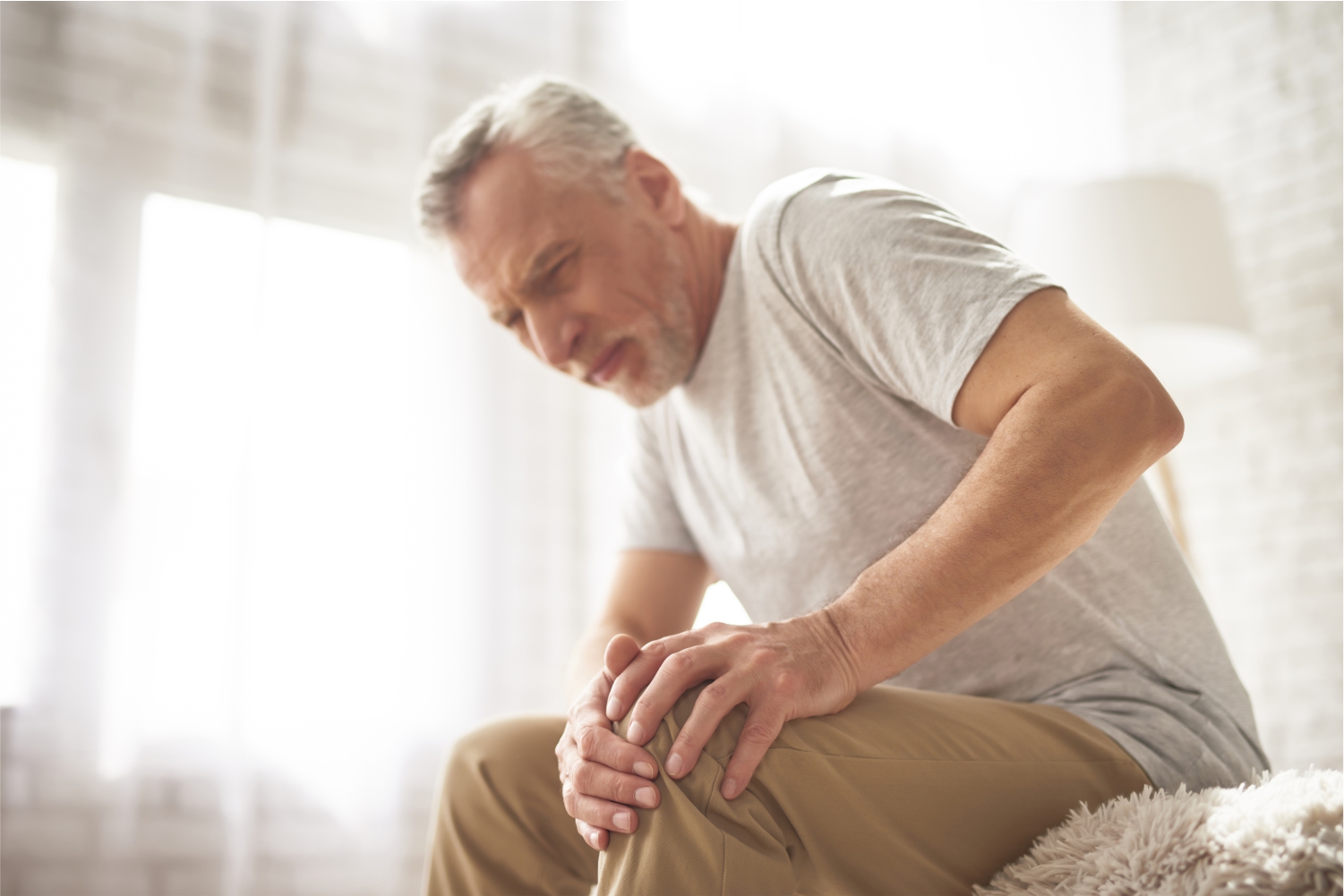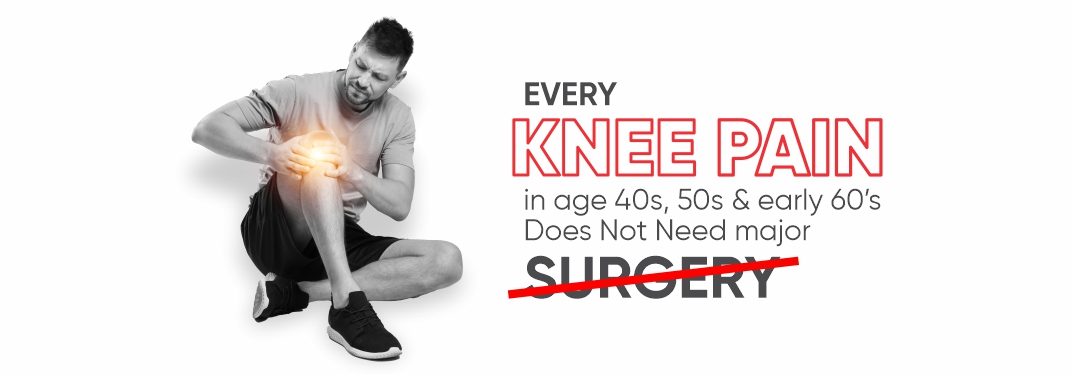
What is Osteoarthritis ?
Osteoarthritis is the most common and important type of arthritis. It affects the joint cartilage or articular cartilage (A layer that covers the bone ends and makes the joint movement smooth) of the joints. Osteoarthritis mainly affects the large joints but the most common joint which is affected by osteoarthritis is the knee joint. When the cartilage layer starts deteriorating, it affects our normal joint movement and disrupts the natural joint function. People experience pain in their joints during joint movement. If your age is over 45 and you have pain in your knees, then you should be aware of osteoarthritis because it can be a reason for your knee pain.
Symptoms of Osteoarthritis
- Pain
- Stiffness
- Limitation in full joint movement
- Restricted joint movement
- Creaking, clicking, or popping noises when the joint moves
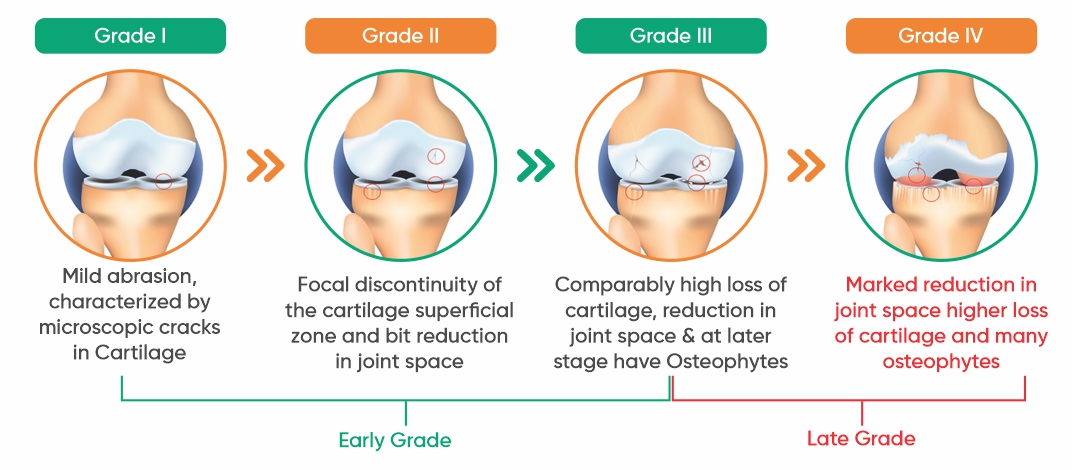
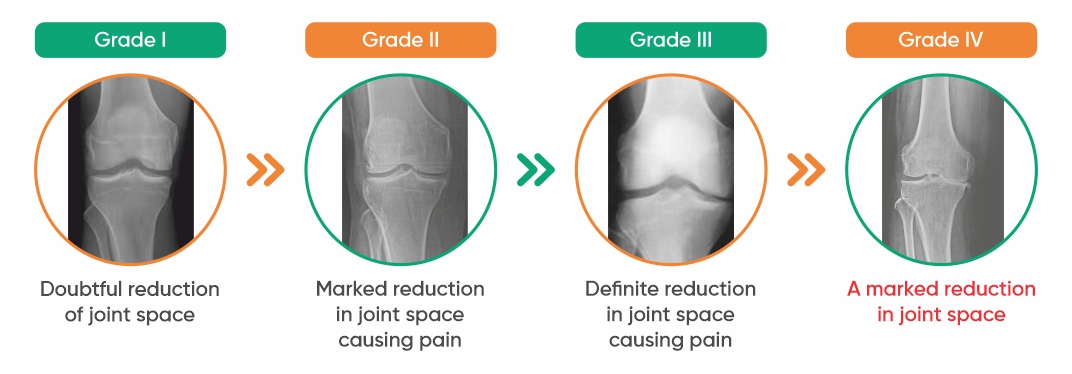
Causes
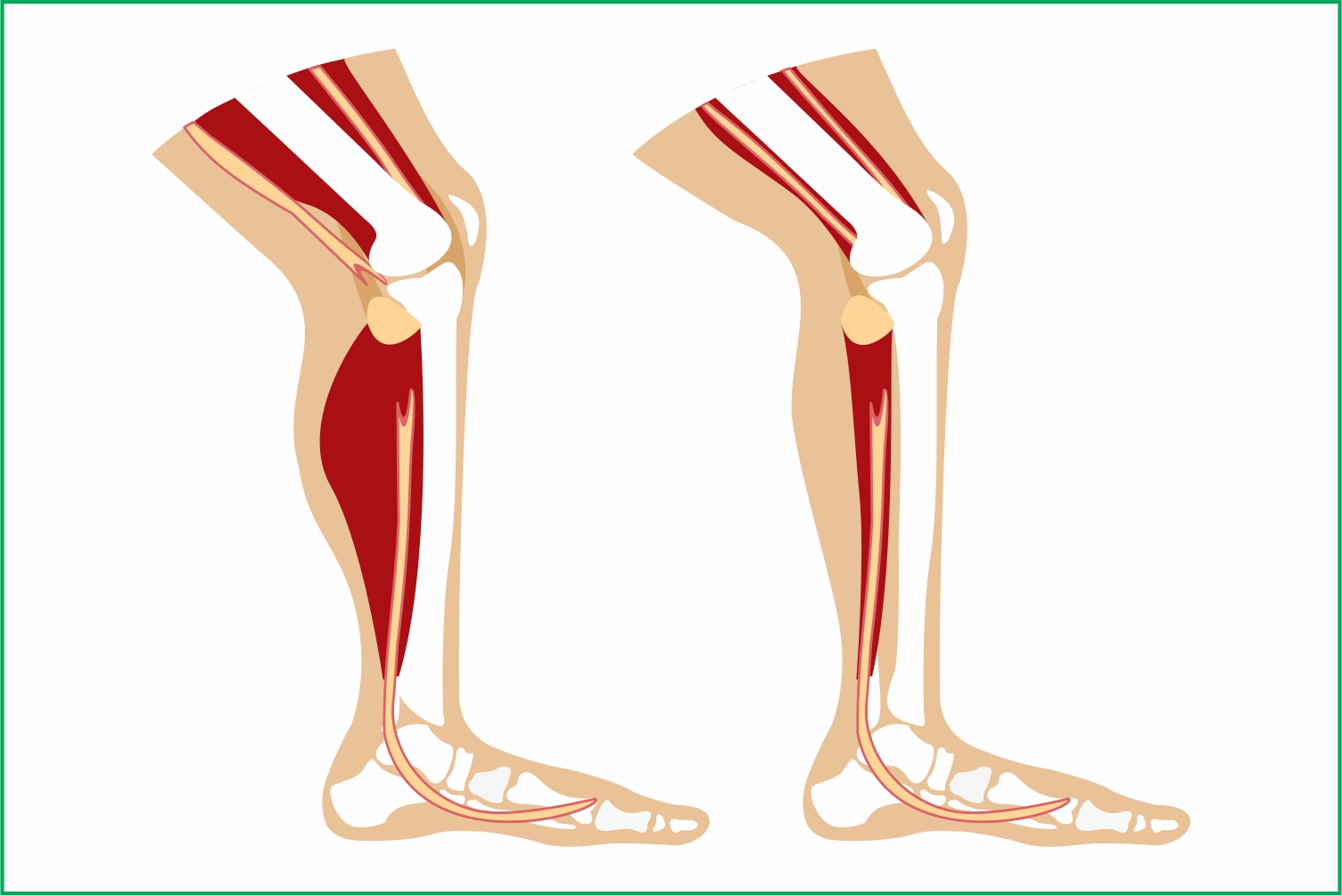
Muscle Weakness
After the age of 40 our muscle mass reduces 8-10% every year, this muscle weakness exerts an extra load on the joints and causes damage to the joint cartilage.
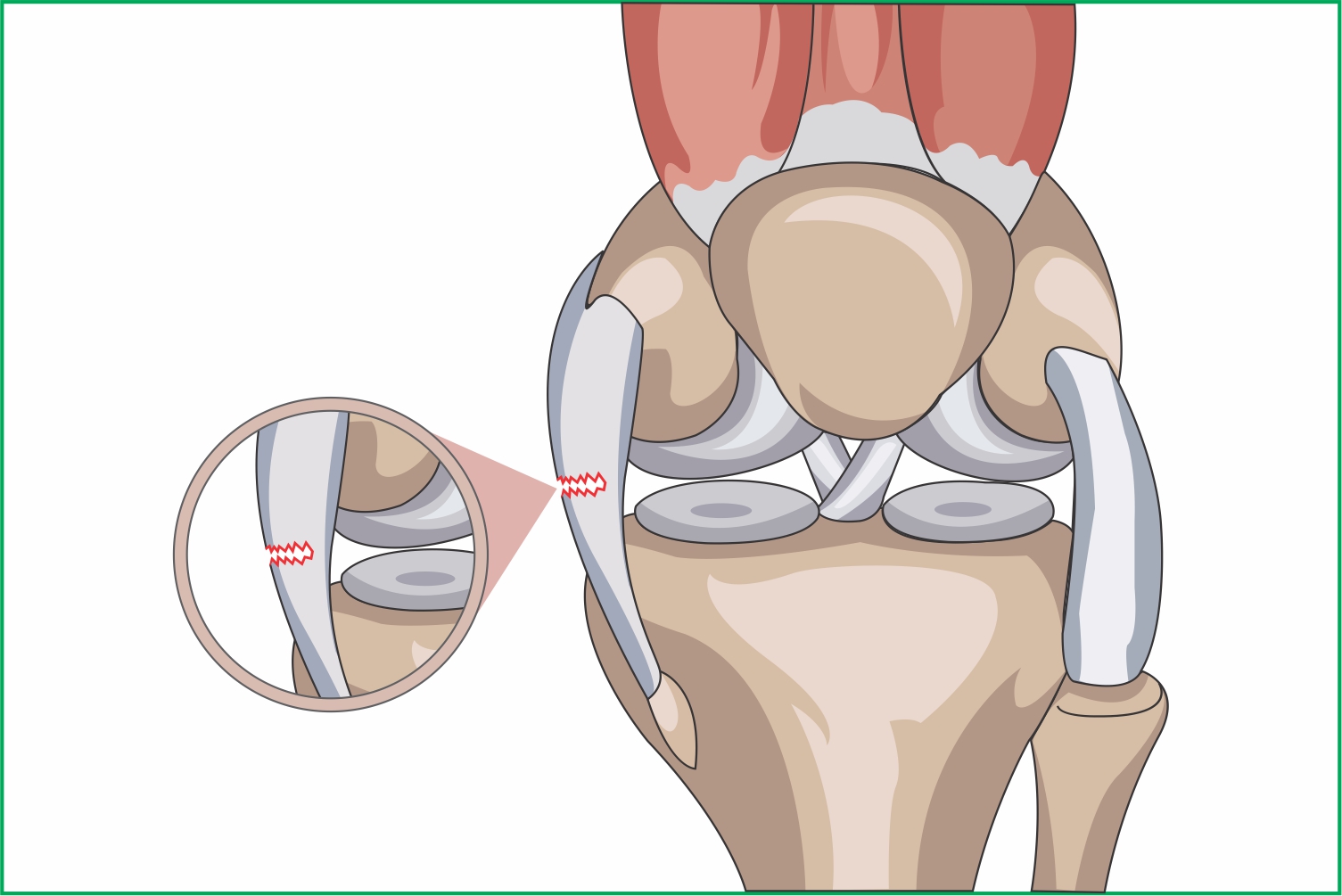
Tendon & Ligament
Injury to those structures make the joint unstable. Weight transmission axis also affects, and this puts pressure on the joints and leads to further damage.
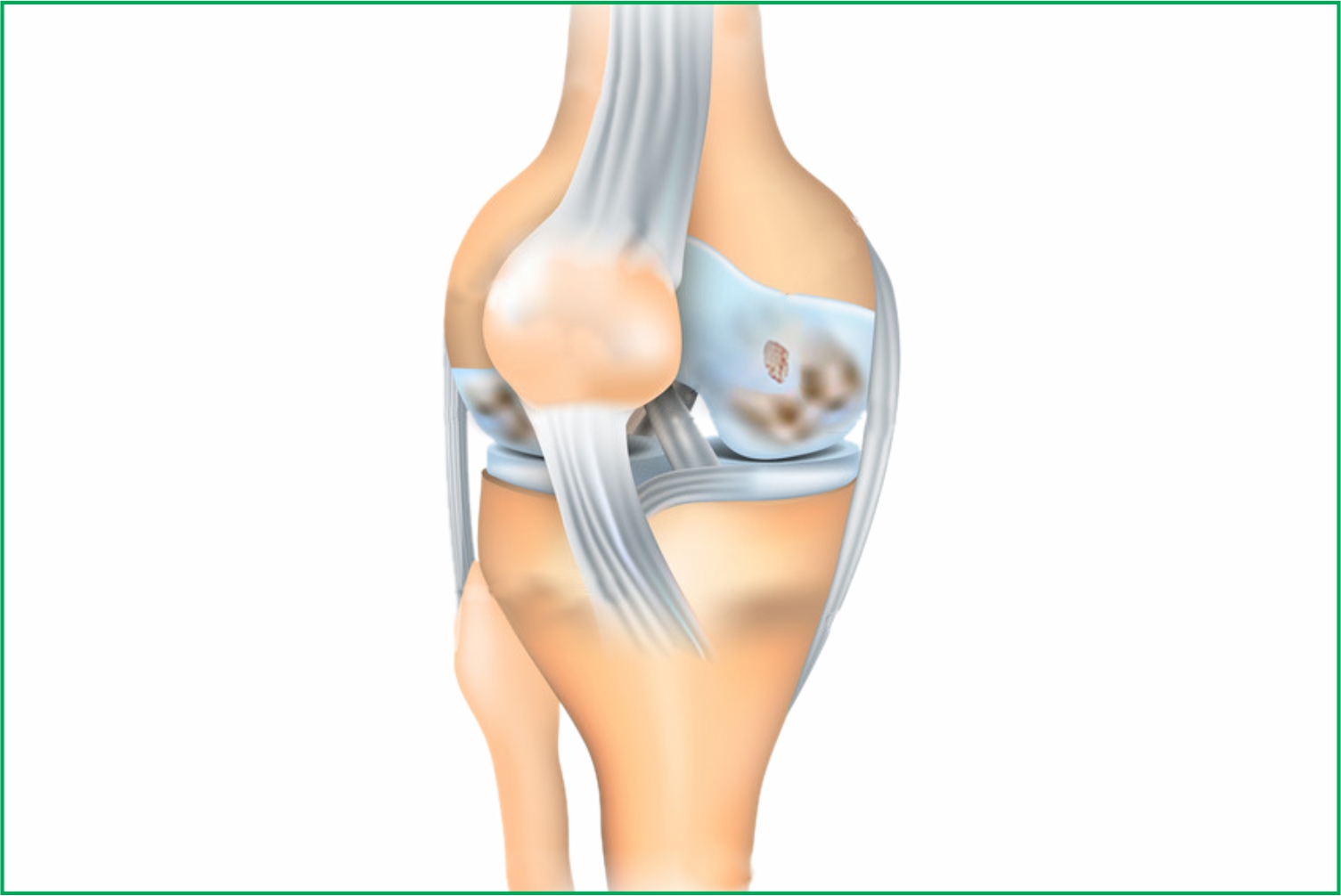
Cartilage Damage
With age and continuous wear and tear of the joint cartilage leads to cartilage degeneration and damage to the joint, cartilage degeneration is the root cause of osteoarthritis.
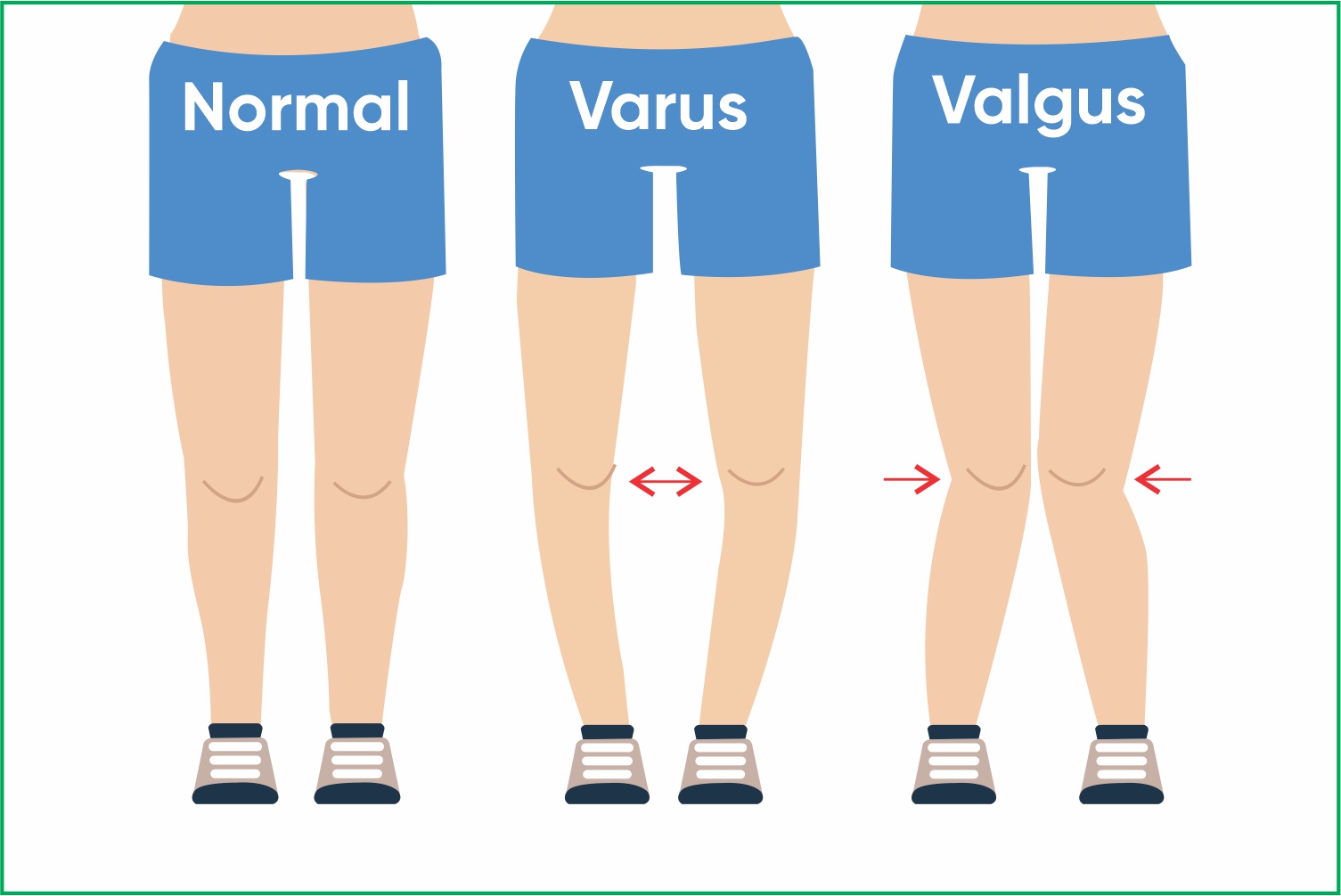
Deformity
If your joint is deformed due to injury or some other reason, it alters the weight transmission axis and creates uneven pressure on the joint, and leads to osteoarthritis
Risk Factors
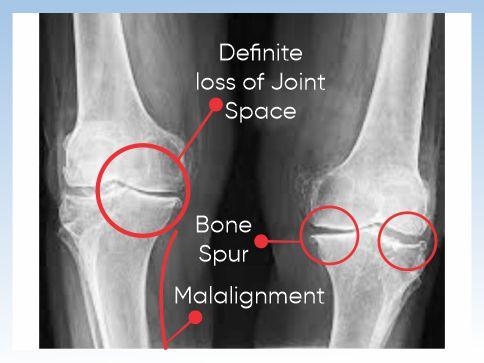
Diagnosis of Osteoarthritis
Treatment
Benefits
- Evidence bases
- Safe and effective
- Use patients one natural regenerative cells
- No risk of infection
- Minimally invasive procedure
- Performed under local anaesthesia and sedation
- No use of enzymes, chemicals or animal products
- No cell culture
- Done in same surgical sitting
- No bone loss
- Least post-operative restrictions
- No need to change life style
